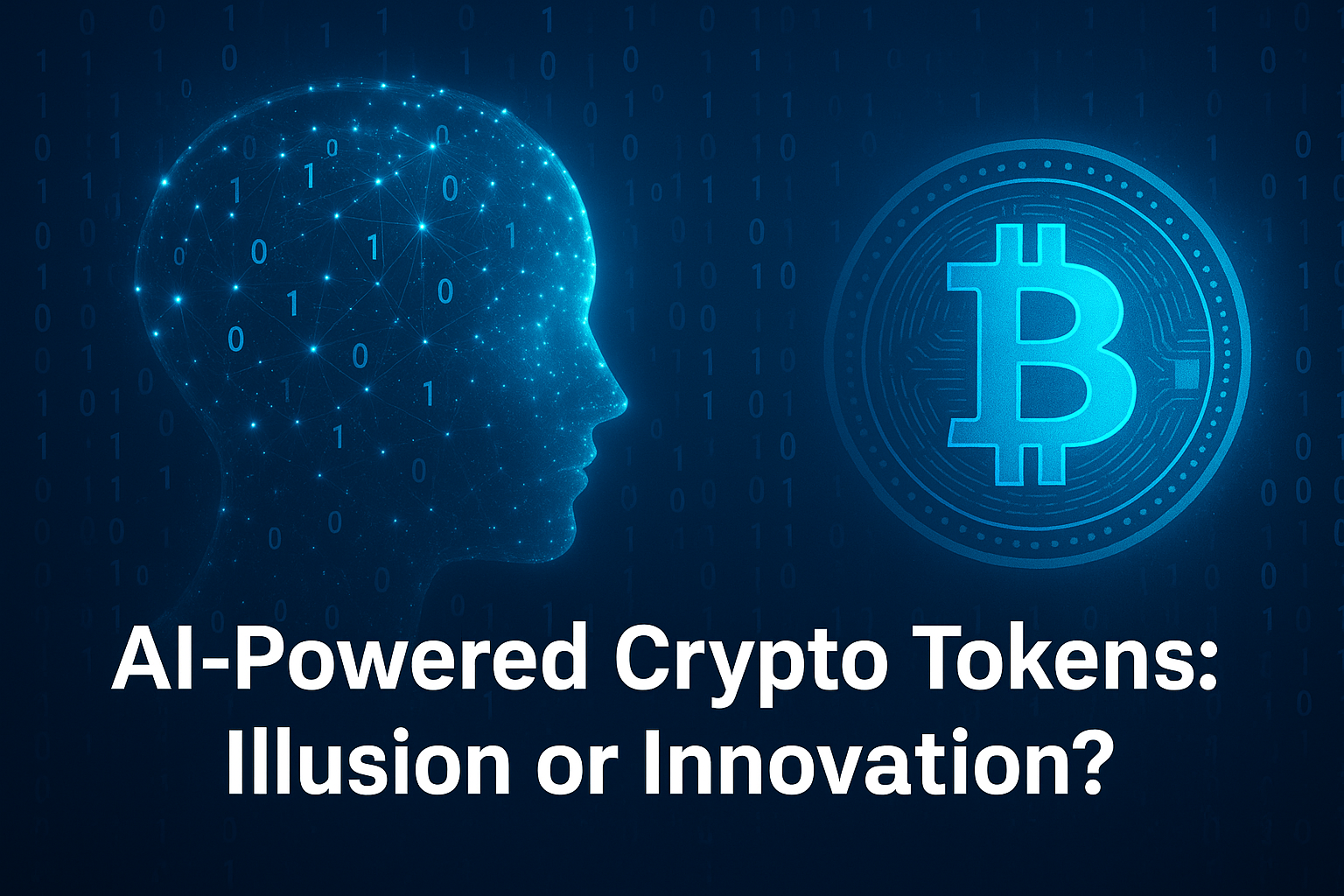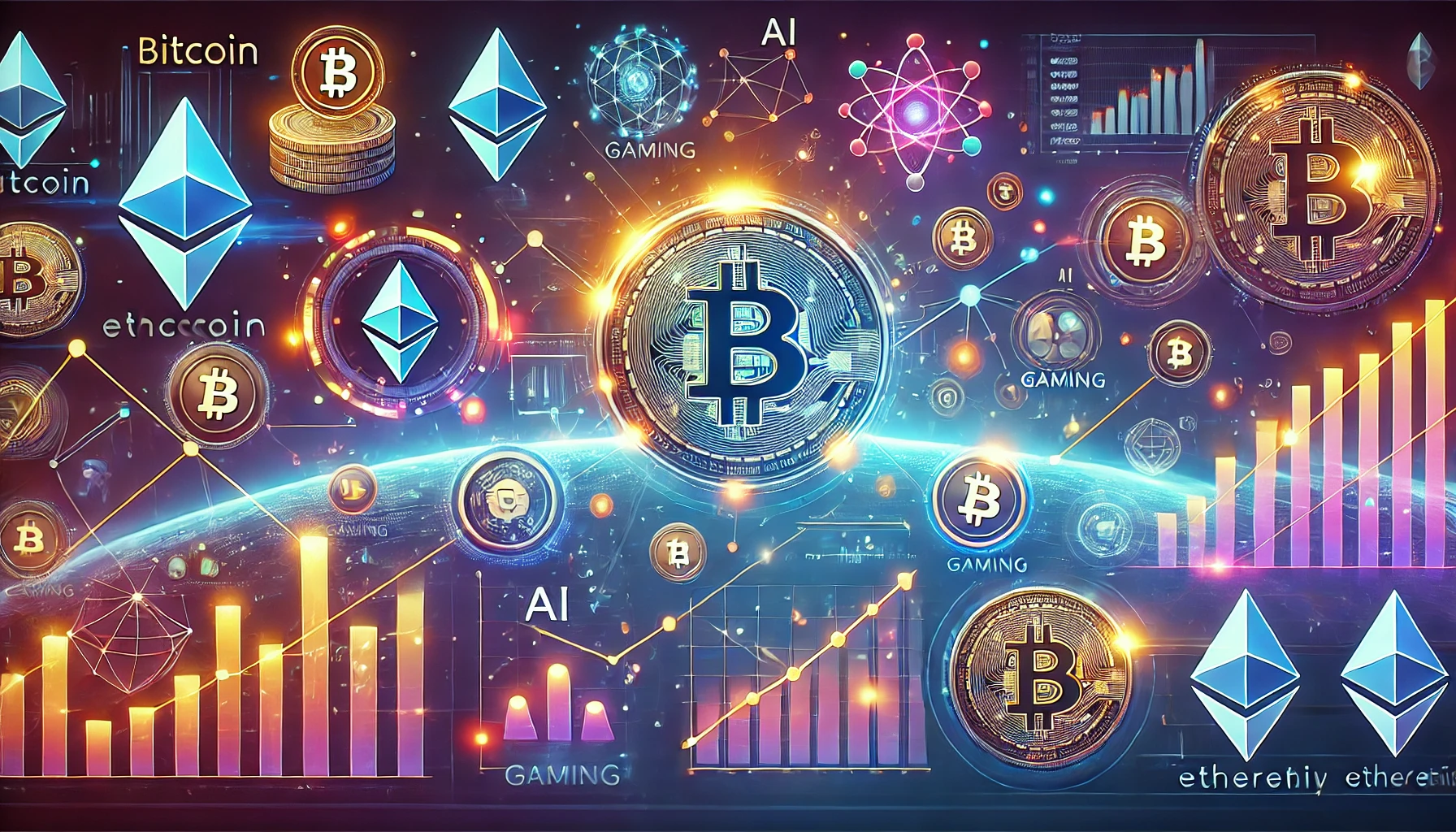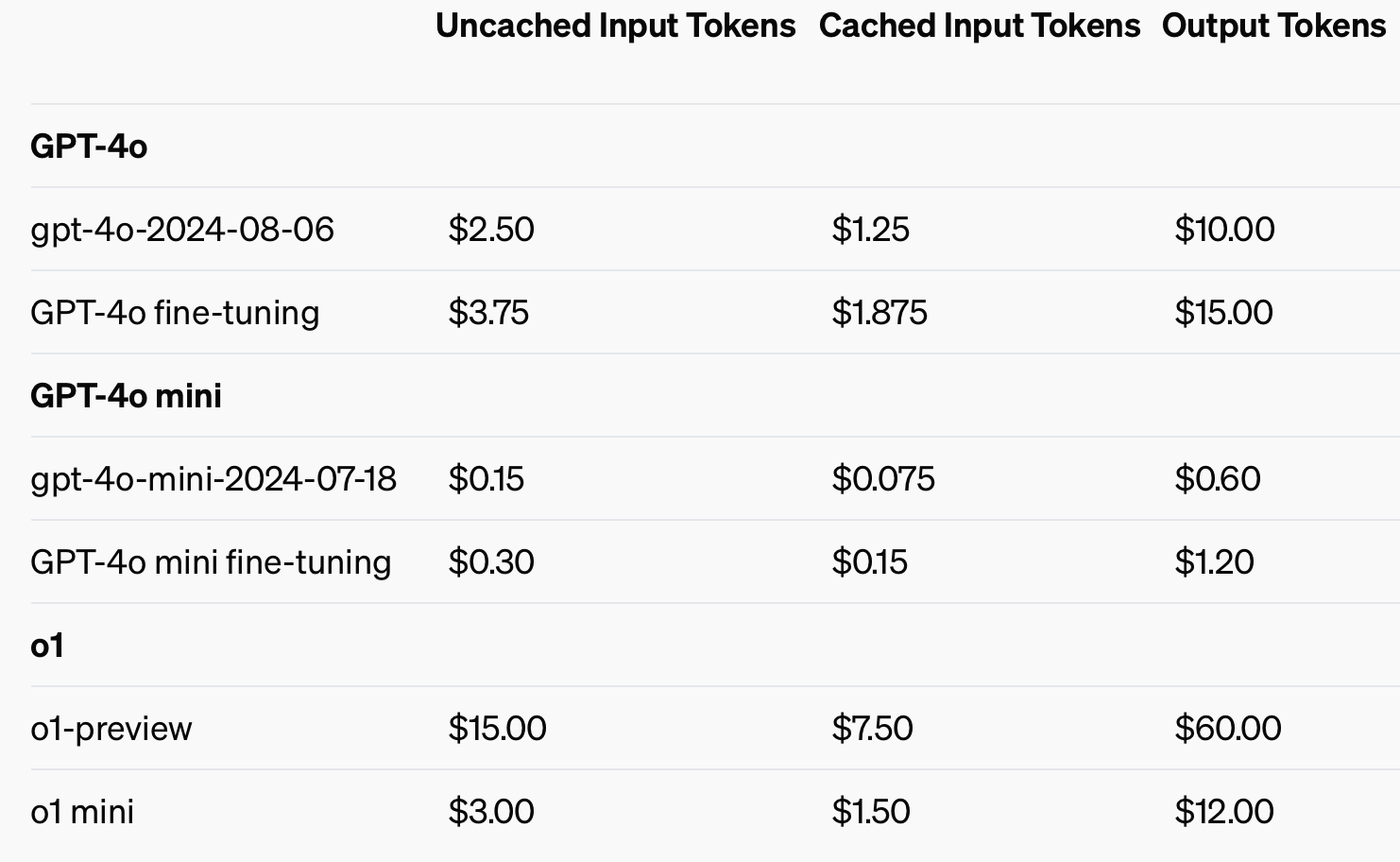As artificial intelligence continues its march into every corner of the digital world, a new breed of crypto asset has emerged at its frontier: AI-powered tokens. These tokens claim to fuel decentralized AI services — from autonomous agents to data models competing to answer questions — all while supposedly running “on-chain.” But are they a genuine technological leap, or a clever illusion wrapped in crypto-buzzwords?
The Hype Behind AI Tokens
AI-centric projects like Fetch.ai, SingularityNET, and Ocean Protocol have attracted significant attention (and capital) by promising to democratize access to powerful machine-learning systems in a decentralized way. Their whitepapers speak of global networks of AI providers, token-curated marketplaces, and privacy-preserving computation — all underpinned by blockchains.
Supporters argue this creates:
-
Marketplace incentives for model development and data sharing
-
Open access to AI services without centralized gatekeepers
-
Transparent economics, where every interaction is verifiable on-chain
Yet in practice, critics argue these services still rely heavily on traditional, off-chain infrastructure.
Under the Microscope
A recent research paper (TransFi × arXiv × IET Research) takes a surgical look at the real mechanics behind these systems. Its key findings:
-
Heavy reliance on off-chain computation
Machine learning inference and training are computationally intensive — far beyond what current blockchains can handle natively. As a result, most “AI token” projects outsource the actual AI work to external servers and only settle payments or access-rights on-chain. -
Scalability bottlenecks
High-frequency model usage leads to congested smart-contract calls, high gas fees, and poor user experience — which undermine the commercial viability of decentralized AI marketplaces. -
Centralization risks
Because the AI inference happens off-chain, users must trust third-party compute providers, opening the door to censorship and manipulation — problems blockchain is supposed to solve.
A Path Forward: On-Chain Federated Learning
Rather than treating blockchain as a payment layer for off-chain AI, the report suggests flipping the architecture entirely: train and update AI models on-chain. This could be achieved through federated learning mechanisms, where:
-
Each node trains a small part of the model using local data
-
Updates are aggregated on-chain via smart contracts
-
The global model improves collectively — without a centralized coordinator
This vision positions blockchains not just as ledgers for economic transactions, but as collaborative “brains” capable of evolving knowledge networks without external dependencies.
Illusion and Innovation
So, are AI-powered crypto tokens just smoke and mirrors?
In their current form: largely, yes — most systems remain dependent on off-chain processing and resemble Web2 platforms wearing a Web3 mask.
As a direction of innovation: absolutely — if researchers and builders succeed in integrating lightweight, privacy-preserving learning directly into smart contracts, AI tokens could unlock a truly decentralized intelligence layer for the internet.




